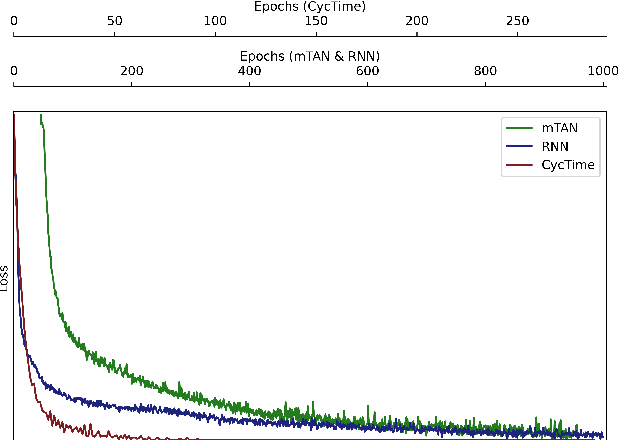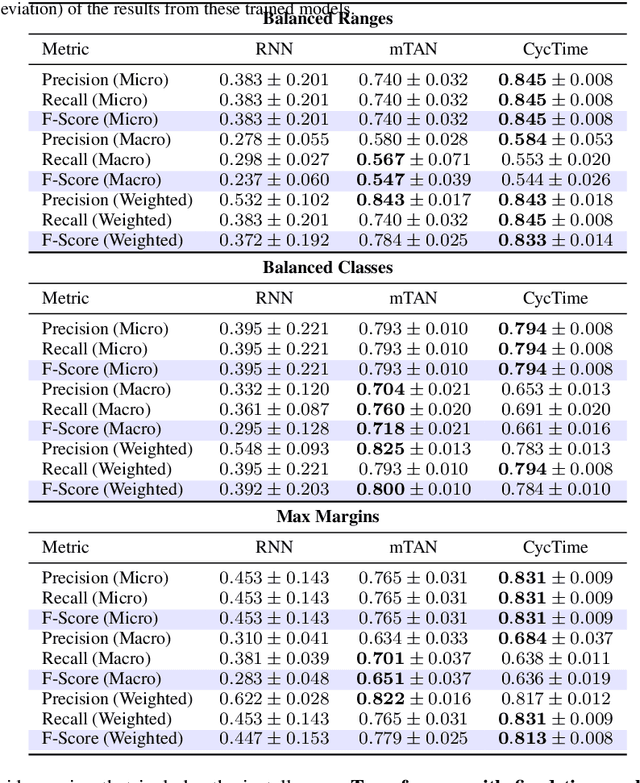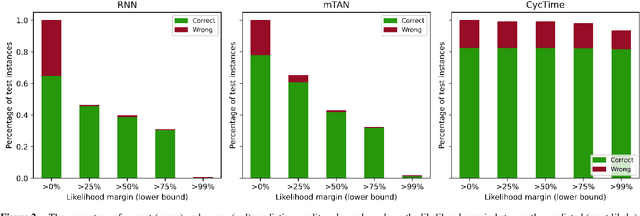Natalia Koliou
Ranking Joint Policies in Dynamic Games using Evolutionary Dynamics
Feb 20, 2025Abstract:Game-theoretic solution concepts, such as the Nash equilibrium, have been key to finding stable joint actions in multi-player games. However, it has been shown that the dynamics of agents' interactions, even in simple two-player games with few strategies, are incapable of reaching Nash equilibria, exhibiting complex and unpredictable behavior. Instead, evolutionary approaches can describe the long-term persistence of strategies and filter out transient ones, accounting for the long-term dynamics of agents' interactions. Our goal is to identify agents' joint strategies that result in stable behavior, being resistant to changes, while also accounting for agents' payoffs, in dynamic games. Towards this goal, and building on previous results, this paper proposes transforming dynamic games into their empirical forms by considering agents' strategies instead of agents' actions, and applying the evolutionary methodology $\alpha$-Rank to evaluate and rank strategy profiles according to their long-term dynamics. This methodology not only allows us to identify joint strategies that are strong through agents' long-term interactions, but also provides a descriptive, transparent framework regarding the high ranking of these strategies. Experiments report on agents that aim to collaboratively solve a stochastic version of the graph coloring problem. We consider different styles of play as strategies to define the empirical game, and train policies realizing these strategies, using the DQN algorithm. Then we run simulations to generate the payoff matrix required by $\alpha$-Rank to rank joint strategies.
Comparing Prior and Learned Time Representations in Transformer Models of Timeseries
Nov 19, 2024



Abstract:What sets timeseries analysis apart from other machine learning exercises is that time representation becomes a primary aspect of the experiment setup, as it must adequately represent the temporal relations that are relevant for the application at hand. In the work described here we study wo different variations of the Transformer architecture: one where we use the fixed time representation proposed in the literature and one where the time representation is learned from the data. Our experiments use data from predicting the energy output of solar panels, a task that exhibits known periodicities (daily and seasonal) that is straight-forward to encode in the fixed time representation. Our results indicate that even in an experiment where the phenomenon is well-understood, it is difficult to encode prior knowledge due to side-effects that are difficult to mitigate. We conclude that research work is needed to work the human into the learning loop in ways that improve the robustness and trust-worthiness of the network.
Predicting Solar Heat Production to Optimize Renewable Energy Usage
May 16, 2024



Abstract:Utilizing solar energy to meet space heating and domestic hot water demand is very efficient (in terms of environmental footprint as well as cost), but in order to ensure that user demand is entirely covered throughout the year needs to be complemented with auxiliary heating systems, typically boilers and heat pumps. Naturally, the optimal control of such a system depends on an accurate prediction of solar thermal production. Experimental testing and physics-based numerical models are used to find a collector's performance curve - the mapping from solar radiation and other external conditions to heat production - but this curve changes over time once the collector is exposed to outdoor conditions. In order to deploy advanced control strategies in small domestic installations, we present an approach that uses machine learning to automatically construct and continuously adapt a model that predicts heat production. Our design is driven by the need to (a) construct and adapt models using supervision that can be extracted from low-cost instrumentation, avoiding extreme accuracy and reliability requirements; and (b) at inference time, use inputs that are typically provided in publicly available weather forecasts. Recent developments in attention-based machine learning, as well as careful adaptation of the training setup to the specifics of the task, have allowed us to design a machine learning-based solution that covers our requirements. We present positive empirical results for the predictive accuracy of our solution, and discuss the impact of these results on the end-to-end system.
 Add to Chrome
Add to Chrome Add to Firefox
Add to Firefox Add to Edge
Add to Edge